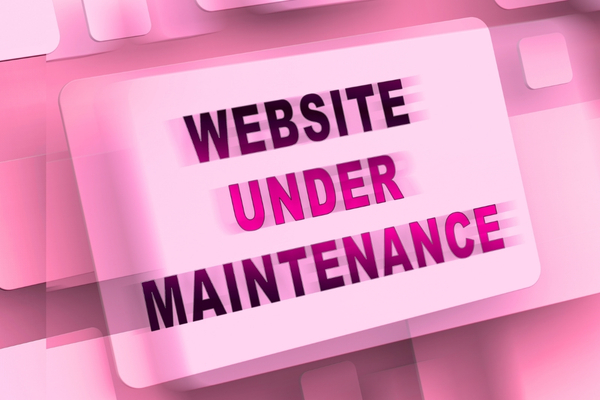Table of Contents
ToggleWhy Website Redesigns Matter
The digital world moves fast. What worked a few years ago may already feel outdated today. Your website should evolve just as quickly as user expectations, design standards, and technology.
User behavior shifts, search engine algorithms change, and design trends adapt. A site that feels clunky or outdated can lose visitors’ trust—and traffic—before they even scroll.
That’s why many companies partner with a web design business to regularly evaluate performance and make strategic updates that keep them competitive.
Signs It’s Time to Redesign Your Website
Not sure if your site needs a refresh? Watch for these red flags:
- High bounce rates or declining traffic: Users may be landing on your site but leaving quickly, signaling issues with design, speed, or usability.
- Poor mobile experience or slow load times: With most traffic coming from mobile, a frustrating experience can kill engagement.
- Outdated visuals or branding inconsistencies: If your website no longer reflects your current brand, it’s time to update.
- Difficulty updating content or adding features: If your CMS is hard to use or lacks flexibility, a redesign can simplify things and save time.
Industry Trends and Design Lifespan
On average, most websites benefit from a redesign every 2 to 3 years. This doesn’t always mean a full rebuild—but enough changes to stay current with what users expect.
Recent trends like minimalist design, dark mode, scroll-triggered animation, and micro-interactions are reshaping how sites look and feel. Accessibility is also more important than ever—your design should support all users, including those with visual or motor challenges.
If your site feels behind on any of these fronts, it’s time for a refresh.
Performance-Based Triggers for a Redesign
Sometimes it’s not just about how your site looks—it’s about how it performs. Key triggers for a redesign include:
- Low conversion rates or declining sales: A poor layout, unclear CTAs, or confusing navigation can kill conversions.
- Poor SEO performance: Outdated structure, slow speeds, or non-mobile-friendly design can tank your rankings.
- Incompatibility with new tools: If you can’t integrate with modern software or plugins, it might be time to move to a new platform altogether.
These issues impact your bottom line and often can’t be fixed with minor tweaks.
When a Full Redesign vs. a Partial Update Makes Sense
Not every website issue requires a total overhaul. Here’s how to decide:
- Redesign: Necessary when your platform is outdated, your branding has changed, or your site isn’t mobile-friendly.
- Refresh: Great for modernizing the layout, improving page speed, or updating images and fonts.
A professional web design agency in NJ can help you decide what’s best—whether it’s a complete rebuild or targeted improvements that make a big difference.
Final Thoughts: Stay Current, Stay Competitive
Your website is never “done.” It should grow with your business, reflect modern expectations, and deliver a smooth experience for every visitor.
By evaluating performance regularly and making strategic updates, you ensure your website remains a powerful tool—not a digital liability. Contact us today!


